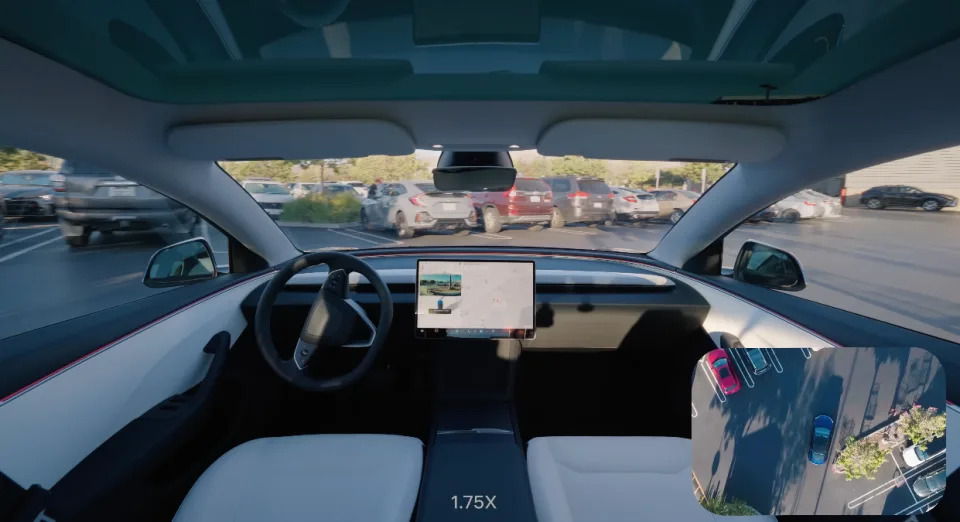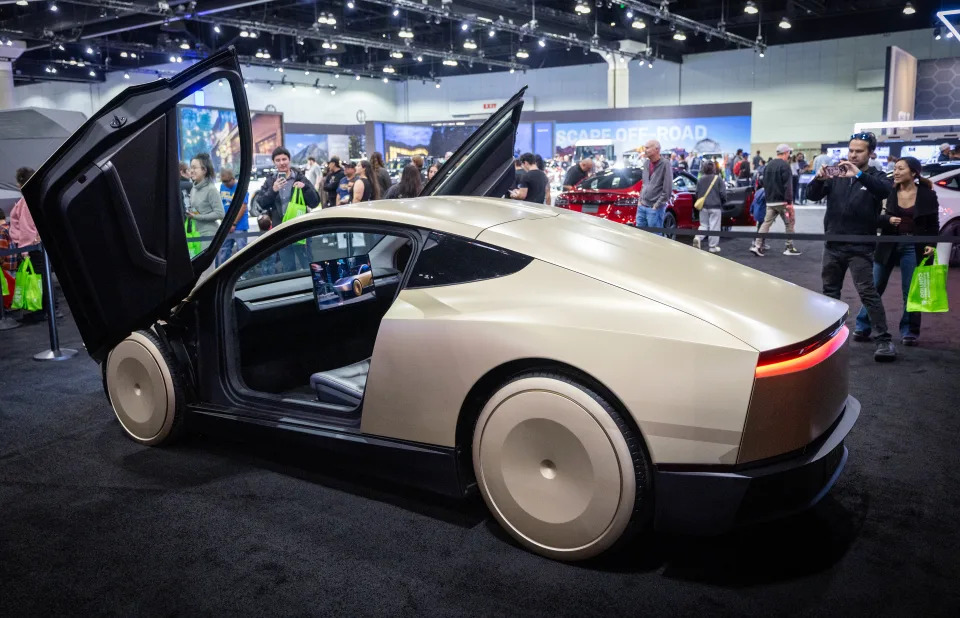Tesla's driverless summon feature probed by NHTSA, putting spotlight again on autonomous safety
The National Highway Traffic Safety Administration (NHTSA) is opening a new investigation into Tesla ( TSLA ), this time concerning its “Actually Smart Summon” feature, putting the company’s autonomous features in the spotlight once again.
Actually Smart Summon, which is an enhancement to the original “Smart Summon” feature, rolled out in the fall of 2024 to Tesla’s US customers, with altered versions in other international regions. The feature, which could affect as many as 2.6 million Tesla EVs, could result in crashes, the agency said.
Tesla stock was down 3% in midday trade.
In the US, Smart Summon and Actually Smart Summon allow Tesla vehicles to be moved remotely by the owner using the Tesla app. Examples include moving a vehicle out of tight garage space or summoning the vehicle from a short distance away to the user waiting to be picked up.
Actually Smart Summon uses a Tesla vehicle’s cameras, instead of radar and other sensors, to view the terrain and obstacles when navigating to the user.

In documents released on its website, NHTSA’s Office of Defects Investigation (ODI) received one complaint alleging that an Actually Smart Summon session resulted in a crash and has reviewed at least three media reports of apparently similar crashes.
NHTSA said all four incidents involved Tesla vehicles operating in Actually Smart Summon mode “failing to detect posts or parked vehicles, resulting in a Crash,” according to the ODI report.
ODI also noted that Tesla did not report these crashes through the Standing General Order for crashes involving ADS (automated driving system) or more modern Level 2 ADAS (advanced driver-assistance system), which requires reporting of crashes on publicly accessible roads.

The latest probe into Tesla’s Actually Smart Summon comes after NHTSA opened investigations into Tesla’s FSD (full self-driving) software for collisions involving low visibility conditions last year, or those where emergency vehicles were present. Tesla’s remedial actions involving over-the-air updates to improve inattention from drivers using FSD has also drawn scrutiny for not being effective enough.
Investigations into Tesla’s autonomous features like FSD and Actually Smart Summon raise questions regarding the company’s ability to deploy these features — which some analysts say could be worth trillions to Tesla — safely. CEO Elon Musk has bet heavily on an autonomous future, first with testing robotaxi features in California and Texas using current Tesla models, and in the future using its bespoke Cybercab robotaxi, rolling out in 2026 at the earliest.
Musk’s embrace of President-elect Donald Trump could also aid Tesla from a regulation point of view, as reports suggest the new administration will ease national self-driving rules .
Pras Subramanian is a reporter for Yahoo Finance. You can follow him on X and on Instagram .
For the latest earnings reports and analysis, earnings whispers and expectations, and company earnings news, click here




